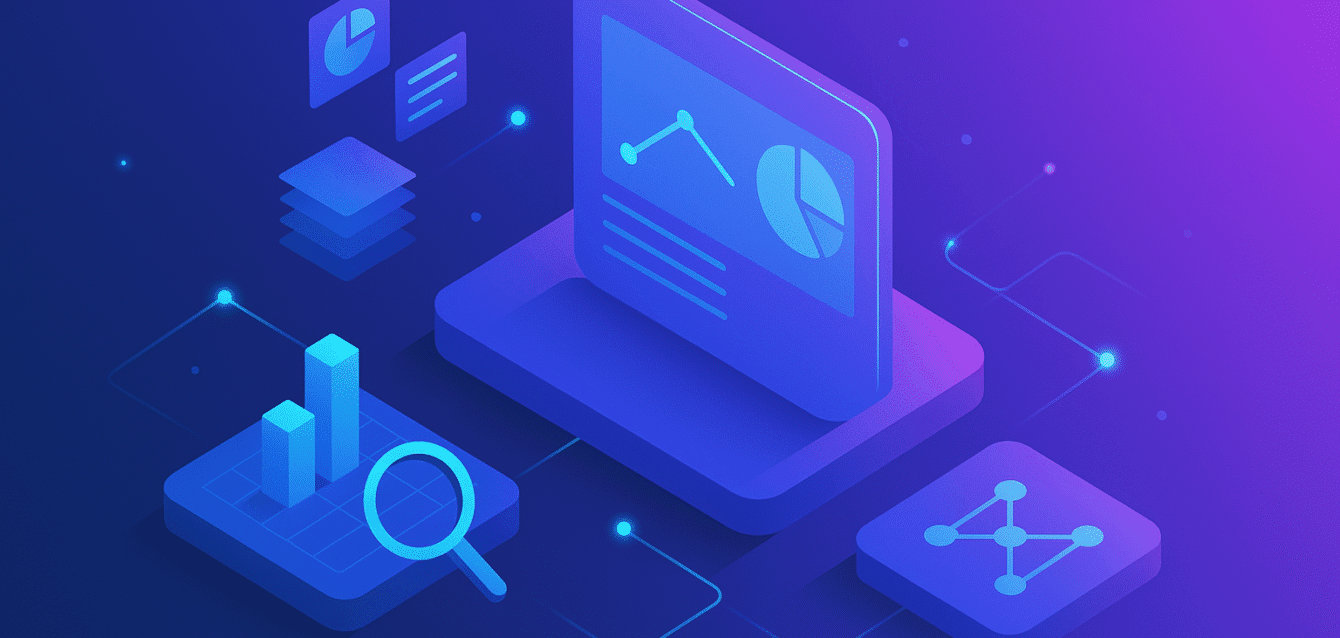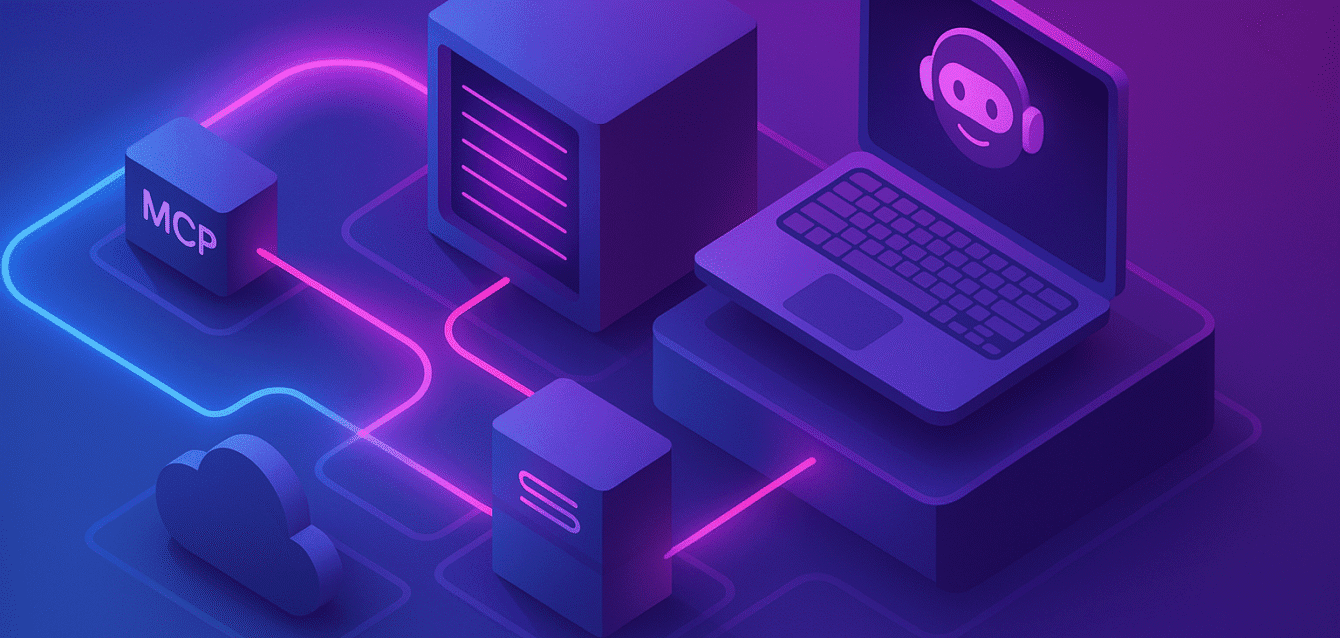The number of AI services continues to grow, with more and more tools available to employees every day. It’s becoming harder to keep up with all the new AI applications, much less understand which ones your employees can actually access or…
Deploy a Simple Chatbot Application Using Secure MCP Servers
Context You’ve built an agentic application that leverages MCP servers to give your agent advanced capabilities… and now it’s time to ship it to production! Securing the communication between your agent and the MCP servers—even within your own cluster—is essential. MCP’s…


